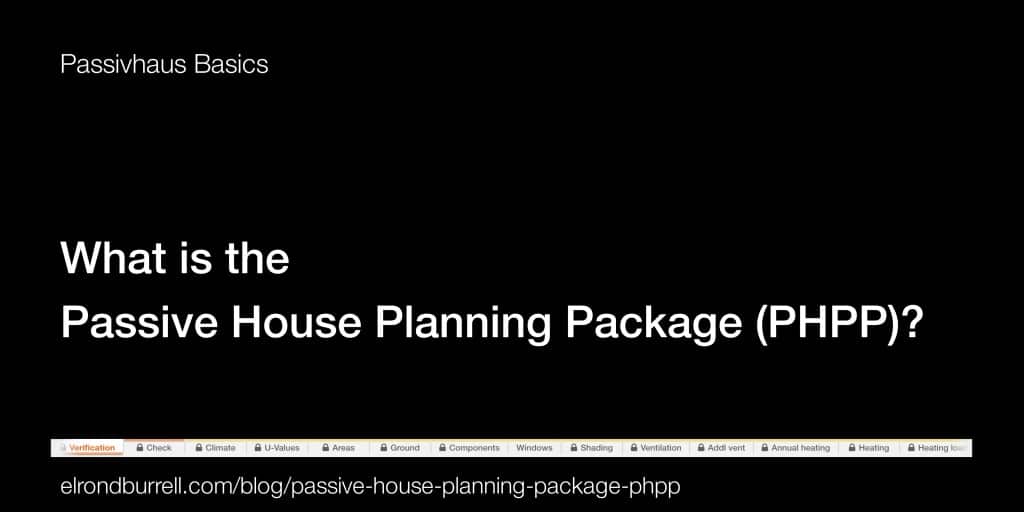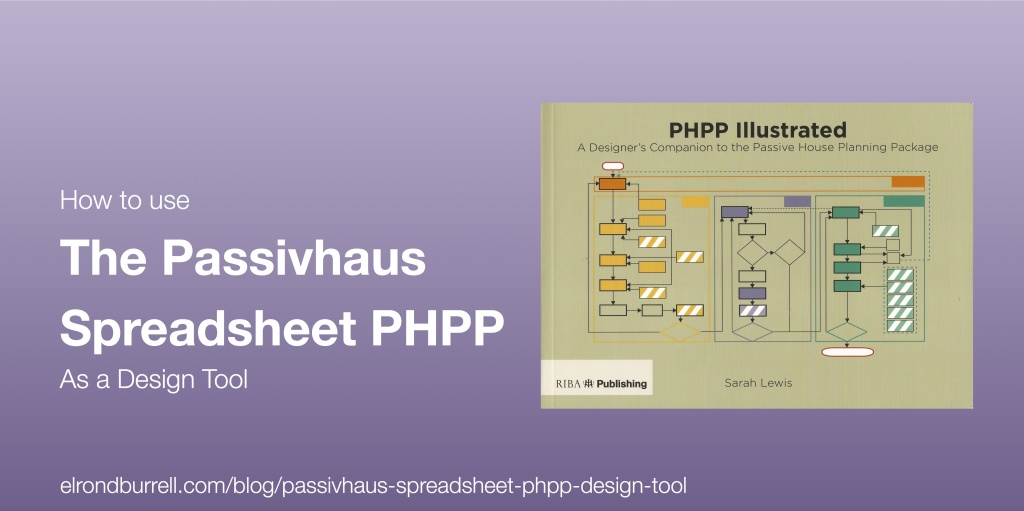This is a Passivhaus Basics blog post that gives an overview of a specific aspect of the Passivhaus Standard.
The Passive House Planning Package (PHPP) is one of the most powerful design tools available for designing low energy buildings. It can seem intimidating as an extensive programme of interlinked worksheets, typically used in Micorsoft Excel. However, when viewed worksheet by worksheet is it apparent how straightforward it is.
It is a necessary part of Passivhaus design, both for Passivhaus Designers and Consultants and for Passivhaus Building Certifiers. For designers, it is a useful tool at all stages as detail is gradually built up. And it provides a large degree of the all-critical quality assurance of the international Passivhaus Standard. And finally it is the tool used for certification of a Passivhaus Building.
At it’s most basic, the Passive House Planning Package (PHPP) is a collection of clearly defined building physics algorithms. When the required information is entered, accurate reliable results are produced. And it continues to be developed as the Passivhaus Standard evolves and the world transitions towards a renewable energy future. (No matter how slow that transition might seem to be going currently!)
The Passive House Planning Package (PHPP): design tool, quality assurance tool and certification tool + all the essential building physics a low energy building needs.

